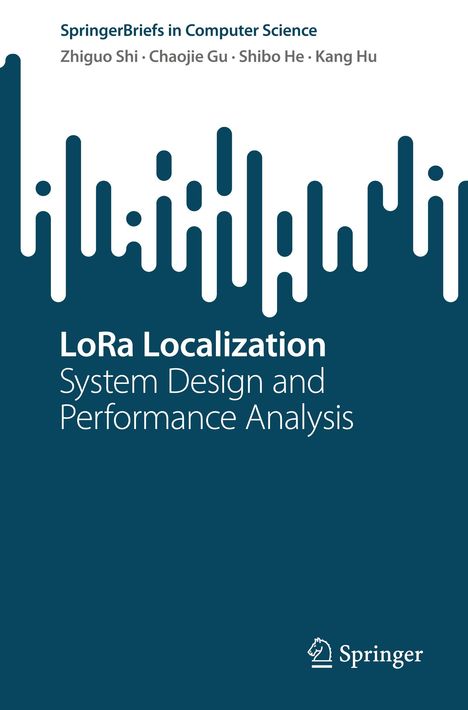Zhiguo Shi: LoRa Localization, Kartoniert / Broschiert
LoRa Localization
- System Design and Performance Analysis
(soweit verfügbar beim Lieferanten)
- Verlag:
- Springer Nature Switzerland, 07/2024
- Einband:
- Kartoniert / Broschiert, Paperback
- Sprache:
- Englisch
- ISBN-13:
- 9783031480102
- Artikelnummer:
- 11921120
- Umfang:
- 120 Seiten
- Nummer der Auflage:
- 2024
- Ausgabe:
- 2024
- Gewicht:
- 195 g
- Maße:
- 235 x 155 mm
- Stärke:
- 7 mm
- Erscheinungstermin:
- 15.7.2024
- Hinweis
-
Achtung: Artikel ist nicht in deutscher Sprache!
Klappentext
This book delves deep into the world of low-power Internet of Things (IoT) node positioning, in an era where IoT is revolutionizing connectivity and communication. It focuses on the critical aspect of accurate node positioning, which has transformative potential across various industrial applications. Specifically, this book explores how LoRa (Long Range) technology, known for its long-range wireless capabilities, low power consumption and cost-effectiveness. It can be harnessed to achieve precise and efficient node localization in both indoor and outdoor environments. In Chapter 1, readers are introduced to the landscape of low-power IoT, providing background information, discussing network architecture and exploring the research landscape surrounding node positioning. Chapter 2 presents a modular hardware platform tailored for IoT applications and delves into wireless positioning techniques. Chapter 3 takes readers on a journey through wide area location using signal flight time and optimization techniques, emphasizing high accuracy, while keeping power consumption low. Chapter 4 showcases a cost-effective LoRa Mesh networking-based positioning system with wide-area coverage capabilities. This book continues by addressing the intricacies of indoor positioning challenges in Chapter 5, leveraging signal arrival angles and antenna array structures for precise localization. Chapter 6 explores fusion localization and tracking through mobile robots, enhancing position estimation and trajectory tracking in diverse environments. Finally, Chapter 7 offers a comprehensive conclusion, summarizing key insights and proposing future research directions in LoRa's fusion positioning for both indoor and outdoor scenarios. This book is designed for researchers, engineers, and practitioners keen on unlocking the potential of low-power IoT node positioning and contributing to the advancement of IoT technologies. Advanced level students in computer science and electrical engineering interested in this topic will find this book useful as well.


